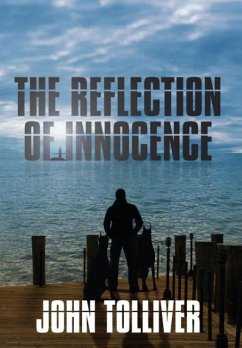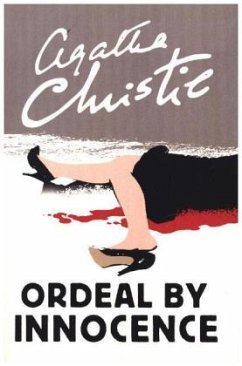
Lilac City - the end of innocence
Versandkostenfrei!
Versandfertig in 1-2 Wochen
20,99 €
inkl. MwSt.

PAYBACK Punkte
10 °P sammeln!
Set against a backdrop of true crime in the early 1960s, Lilac City tells how an attorney and private investigator fight to save a man wrongfully convicted of a terrible crime. In the spring of 1960, residents of Spokane, in eastern Washington state, were trying to understand what was happening to their city. Just a year earlier, a nine-year-old girl selling Campfire mints was abducted, raped, and murdered. The case remained unsolved. Then, on March 20, 1960, Lisa and Gail Draper, high school girls from Spokane Valley vanished while returning home from Seattle, where they had attended the stat...
Set against a backdrop of true crime in the early 1960s, Lilac City tells how an attorney and private investigator fight to save a man wrongfully convicted of a terrible crime. In the spring of 1960, residents of Spokane, in eastern Washington state, were trying to understand what was happening to their city. Just a year earlier, a nine-year-old girl selling Campfire mints was abducted, raped, and murdered. The case remained unsolved. Then, on March 20, 1960, Lisa and Gail Draper, high school girls from Spokane Valley vanished while returning home from Seattle, where they had attended the state basketball tournament. Lisa's new Ford Falcon was found abandoned at a roadside cafe in Ritzville, seventy miles from the girls' home. Connie Pratt, a second-generation radio and TV repairman, had begun a second career as a private investigator. He will find himself working on behalf of a man who has been convicted of killing the Draper sisters. It is an uphill fight as the clock ticks toward the execution date. Pratt puts his life on the line to back up his belief that the man on death row was innocent of the crime. And he gets no help from authorities, who are convinced that they got the right man. It's a nail-biting race to beat the hangman to the gallows. Lilac City shows how crimes were solved in the days before DNA, computers, cell phones, and many other conveniences that facilitate present-day law enforcement.












